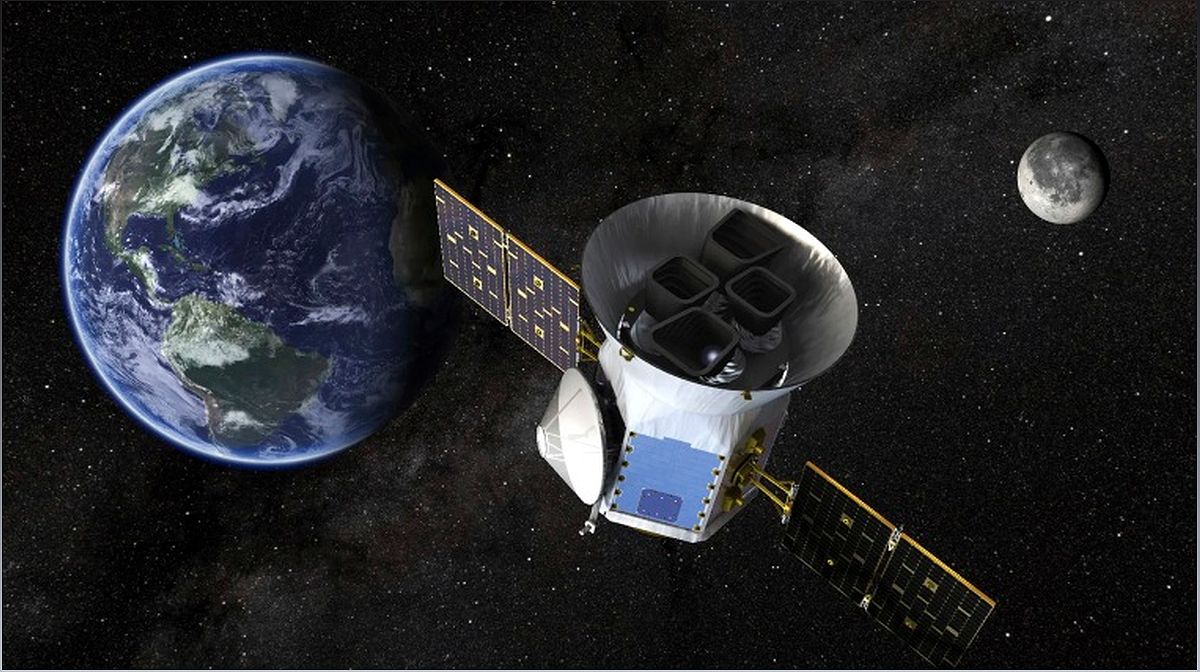In the vast expanse of the universe, astronomers have recently stumbled upon a remarkable solar system that resembles a grand cosmic orchestra. Located 100 light-years away in the constellation Coma Berenices, this extraordinary system consists of six planets moving in perfect synchrony. Join me, John Smith, as we delve into the captivating discovery made through the collaborative efforts of NASA's Tess and the European Space Agency's Cheops satellites. Together, we will unravel the secrets of this harmonious solar system and gain valuable insights into the formation of planetary systems in our very own Milky Way galaxy.
The Extraordinary Synchronized Solar System
Unveiling the unique solar system with harmoniously moving planets
Step into the mesmerizing world of a solar system like no other. HD 110067, located 100 light-years away in the constellation Coma Berenices, hosts a celestial dance of six planets moving in perfect synchrony. This remarkable discovery, made possible through the collaboration of NASA's Tess and the European Space Agency's Cheops satellites, has left astronomers awe-struck.
Imagine witnessing a cosmic orchestra where each planet plays its part with precision and elegance. The innermost planet completes three orbits for every two orbits of its closest neighbor, creating a mesmerizing pattern that extends to the other planets in the system. This synchronized movement offers valuable insights into the formation and evolution of planetary systems in our Milky Way galaxy.
Unveiling the Planetary Characteristics
Exploring the size, density, and proximity of the discovered planets
Let's take a closer look at the intriguing characteristics of the planets within this harmonious solar system. These gas giants, with sizes two to three times that of Earth, bear similarities to the gas giants in our own solar system. They possess solid cores enveloped by thick layers of hydrogen, resulting in densities akin to Jupiter and Saturn.
What sets these planets apart is their proximity to their star. With orbits ranging from nine to 54 days, they reside much closer to their star than Venus does to the sun. As a consequence, scorching temperatures prevail, making these planets inhospitable for life as we know it.
Resonance: The Cosmic Symphony
Unraveling the precise synchronization of the planets' movements
One of the most captivating aspects of this solar system is the phenomenon of resonance. Picture the planets moving in perfect harmony, akin to the synchronized steps of a dance troupe. The innermost planet completes three orbits while its closest neighbor completes two, establishing a captivating rhythm that extends throughout the system.
Resonance is a rare occurrence in solar systems, with only 1% estimated to retain this synchrony. Our own solar system, unfortunately, does not exhibit this phenomenon. Factors such as giant planets, close encounters with neighboring stars, and other disturbances can disrupt the delicate balance. Studying this synchronized solar system provides valuable insights into the stability and evolution of planetary systems.
Implications for Solar System Formation
Gaining insights into the formation of planetary systems in the Milky Way
By unraveling the secrets of this harmonious solar system, astronomers can shed light on the formation of planetary systems in our Milky Way galaxy. The precise synchronization observed in this system aligns with the current understanding of how solar systems, including our own, may have originated.
While the exact mechanisms behind the formation and maintenance of resonance remain a subject of ongoing research, this discovery offers a tantalizing glimpse into the complex dance of celestial bodies during the early stages of planetary system formation. Further observations and studies of similar systems will continue to enhance our understanding of the vast cosmic tapestry that surrounds us.

